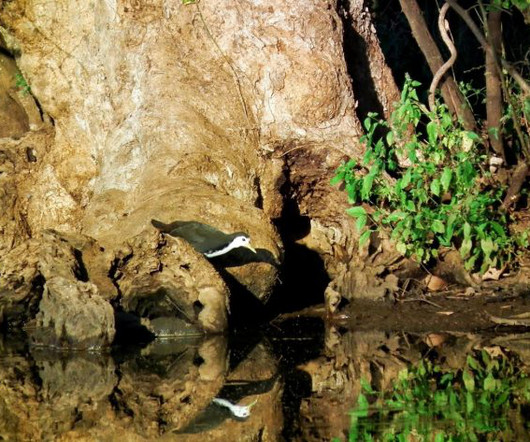Birding Gir National Park, India
10,000 Birds
MAY 18, 2023
This park protects the largest remaining tract of dry deciduous forest in the west of India, offering visitors 37 species of reptiles, 38 species of mammals and, not to be forgotten – almost 300 bird species. A low branch is decorated by a Green Bee-eater and a tree top above it holds several Cattle Egrets.












Let's personalize your content